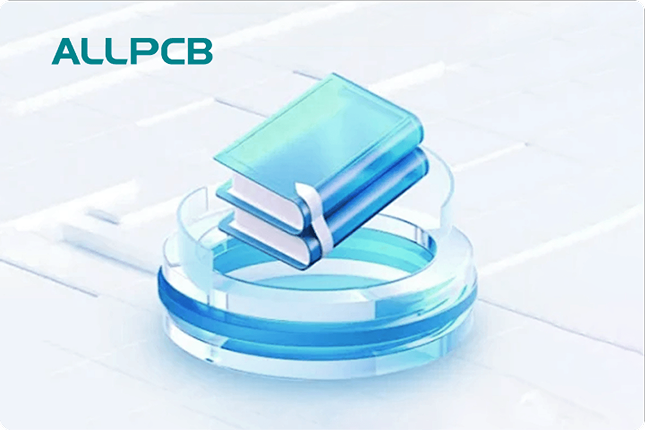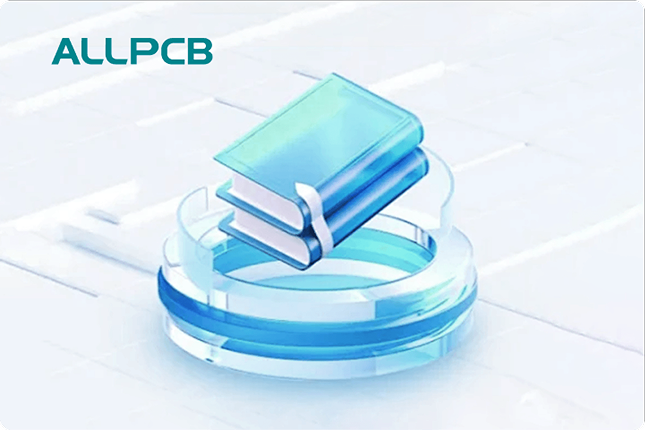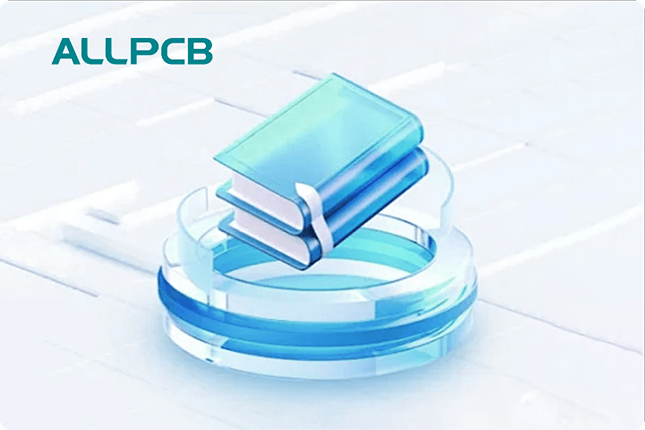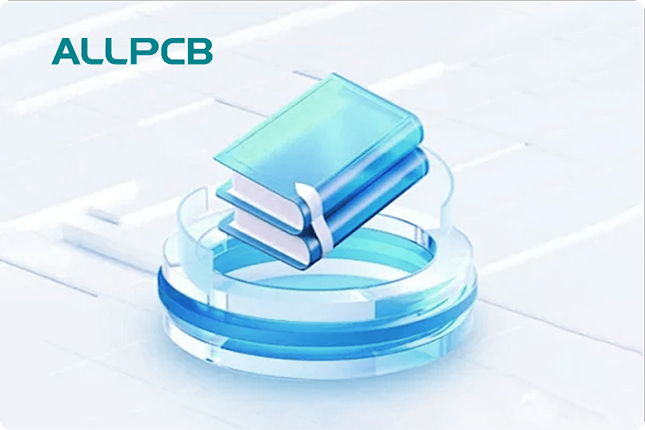In the fast-evolving world of electronics, high-frequency printed circuit boards (PCBs) are at the heart of cutting-edge technologies like 5G, IoT, and advanced radar systems. A critical factor in their performance is the surface finish, which impacts signal integrity, durability, and manufacturing efficiency. So, what does the future hold for surface finishes in high-frequency PCBs? Emerging technologies and trends point toward advanced materials, nanotechnology, and innovative coatings that promise better performance and reliability. In this blog, we’ll dive deep into the future of PCB surface finishes, explore emerging PCB technologies, and highlight high-frequency PCB trends shaping the industry.
Why Surface Finishes Matter for High-Frequency PCBs
Before we explore the future, let’s understand why surface finishes are so important for high-frequency PCBs. These boards operate at frequencies often exceeding 1 GHz, where even small imperfections can lead to signal loss or interference. A surface finish serves multiple purposes: it protects the copper traces from oxidation, ensures good solderability, and minimizes signal degradation by maintaining low dielectric loss and impedance mismatches.
For high-frequency applications, traditional finishes like HASL (Hot Air Solder Leveling) often fall short due to uneven surfaces that can disrupt signal integrity. This has driven the industry toward smoother, more advanced finishes tailored for high-speed signals. As demand grows for faster data rates and compact designs, the need for innovative surface finishes becomes even more critical.
Current Challenges with Surface Finishes in High-Frequency PCBs
High-frequency PCBs face unique challenges that standard surface finishes struggle to address. One major issue is skin effect, where high-frequency signals travel primarily on the surface of conductors. A rough or uneven finish can increase resistance and lead to signal loss. For example, at 10 GHz, signal loss due to surface roughness can increase by up to 20% compared to smoother finishes.
Another challenge is dielectric loss, which occurs when the insulating material between traces absorbs signal energy. Traditional finishes often don’t integrate well with low-loss substrates, causing impedance variations. Additionally, environmental factors like humidity and temperature can degrade finishes over time, impacting long-term reliability in applications like automotive radar or satellite communications.
These challenges highlight the need for next-generation surface finishes that can keep up with the demands of modern electronics. Let’s explore the emerging technologies and trends that are set to redefine this space.
Emerging Technologies in PCB Surface Finishes
1. Nanotechnology in PCB Surface Finishes
Nanotechnology is paving the way for groundbreaking advancements in PCB surface finishes. By manipulating materials at the nanoscale, manufacturers can create ultra-smooth surfaces that minimize signal loss due to skin effect. Nano-coatings, often made of materials like graphene or silver nanoparticles, offer exceptional conductivity and corrosion resistance.
For instance, a nano-silver coating can achieve surface roughness values below 0.1 micrometers, compared to 1-2 micrometers in traditional finishes like ENIG (Electroless Nickel Immersion Gold). This smoothness can reduce signal loss by up to 15% at frequencies above 5 GHz. Additionally, nanotechnology-based finishes are often thinner, allowing for finer trace designs in compact high-frequency PCBs.
While still in the early stages of widespread adoption, nanotechnology in PCBs holds immense potential for applications requiring extreme precision, such as medical imaging devices and 5G infrastructure.
2. Advanced Materials for PCB Finishes
The use of advanced materials in PCB surface finishes is another trend gaining traction. Materials like organic solderability preservatives (OSP) with enhanced formulations and hybrid metal coatings are being developed to meet the demands of high-frequency designs. These materials focus on reducing dielectric loss and improving thermal stability.
One promising material is a modified OSP combined with low-loss polymers, which can maintain signal integrity at frequencies up to 20 GHz. Unlike traditional OSP, which struggles with durability, these advanced versions offer better resistance to oxidation and thermal cycling. Hybrid coatings, such as those combining gold and palladium, also provide a balance of conductivity and corrosion resistance, making them ideal for harsh environments.
Advanced materials in PCB finishes are not just about performance; they also support sustainability by reducing the use of toxic chemicals in manufacturing processes. This aligns with the industry’s push for greener technologies.
3. Electroless Nickel Immersion Gold (ENIG) Enhancements
ENIG has long been a popular choice for high-frequency PCBs due to its smooth surface and good solderability. However, traditional ENIG has limitations, such as the risk of "black pad" defects and higher costs. Emerging technologies are addressing these issues with improved ENIG formulations that reduce nickel corrosion and enhance gold layer uniformity.
Enhanced ENIG finishes can achieve impedance consistency within ±5%, compared to ±10% in older versions, making them more reliable for high-speed signal transmission. These improvements are crucial for applications like 5G base stations, where signal precision directly impacts performance.
High-Frequency PCB Trends Shaping Surface Finishes
1. Demand for 5G and Beyond
The rollout of 5G networks and the anticipation of 6G are major drivers of innovation in high-frequency PCB trends. 5G operates at frequencies up to 100 GHz, requiring surface finishes that can handle extreme signal speeds without loss. This has accelerated research into ultra-low-loss finishes and materials that support millimeter-wave frequencies.
For example, surface finishes paired with substrates like PTFE (polytetrafluoroethylene) are becoming standard for 5G applications due to their low dielectric constant (around 2.1) and minimal signal absorption. As 5G infrastructure expands globally, the demand for such specialized finishes will only grow.
2. Miniaturization and High-Density Designs
As devices become smaller and more powerful, high-frequency PCBs must support denser layouts with finer traces. This trend toward miniaturization demands surface finishes that enable precise soldering and maintain signal integrity in tight spaces. Finishes like immersion silver, when optimized for smoothness, can support trace widths as small as 2 mils (0.002 inches) without compromising performance.
Miniaturization also ties into the rise of wearable electronics and IoT devices, where high-frequency signals must coexist with compact designs. Surface finishes will need to evolve to balance performance with manufacturability in these constrained environments.
3. Sustainability and Eco-Friendly Finishes
Sustainability is a growing focus in the electronics industry, and surface finishes are no exception. Traditional finishes often involve hazardous chemicals like lead or cyanide, prompting the development of eco-friendly alternatives. For instance, new immersion tin formulations are being designed to minimize environmental impact while still offering good performance for high-frequency applications.
These eco-friendly finishes not only reduce pollution but also lower manufacturing costs by simplifying waste management. As regulations tighten, adopting sustainable practices will become a competitive advantage for PCB manufacturers.
The Role of Testing and Standards in Future Surface Finishes
As new surface finishes emerge, rigorous testing and industry standards will play a vital role in their adoption. High-frequency PCBs often operate in mission-critical applications, so finishes must meet strict criteria for signal integrity, thermal performance, and durability. Standards like IPC-4552 (for ENIG) are being updated to include guidelines for nanotechnology and advanced materials in PCB finishes.
Testing methods, such as time-domain reflectometry (TDR) for measuring impedance and signal loss, are also evolving to assess the performance of next-gen finishes. For instance, a surface finish designed for 10 GHz applications might be tested to ensure signal reflection remains below -20 dB, a benchmark for high-quality transmission.
Manufacturers must stay ahead of these standards to ensure their surface finishes are compatible with future technologies and customer expectations.
How to Choose the Right Surface Finish for High-Frequency PCBs
Selecting the right surface finish for a high-frequency PCB depends on several factors, including frequency range, environmental conditions, and budget. Here are some practical tips to guide your decision:
- Frequency Requirements: For applications above 5 GHz, prioritize finishes like enhanced ENIG or nano-coatings that minimize signal loss.
- Environmental Durability: If the PCB will be exposed to harsh conditions, opt for finishes with strong corrosion resistance, such as hybrid metal coatings.
- Cost Constraints: While advanced finishes offer superior performance, they can be expensive. Balance cost and performance by exploring options like improved OSP for less demanding applications.
- Manufacturing Compatibility: Ensure the chosen finish aligns with your fabrication processes, especially for high-density designs requiring fine-pitch soldering.
By considering these factors, you can select a surface finish that meets both technical and practical needs for your high-frequency PCB projects.
Looking Ahead: The Future of PCB Surface Finishes
The future of surface finishes for high-frequency PCBs is bright, with emerging PCB technologies like nanotechnology and advanced materials leading the charge. These innovations promise to tackle the challenges of signal loss, miniaturization, and sustainability, ensuring that PCBs can keep pace with the demands of 5G, IoT, and beyond. High-frequency PCB trends also point toward greater integration of eco-friendly practices and stricter performance standards, shaping a more reliable and responsible industry.
As these technologies mature, collaboration between material scientists, engineers, and manufacturers will be key to bringing them to market. Staying informed about these advancements can help you make better decisions for your designs, ensuring optimal performance in an increasingly connected world.
Conclusion
Surface finishes are a cornerstone of high-frequency PCB performance, and their evolution is critical to meeting the needs of modern electronics. From nanotechnology in PCBs to advanced materials and eco-friendly solutions, the future of PCB surface finishes is set to transform how we design and manufacture high-speed circuits. By understanding these emerging technologies and trends, you can stay ahead of the curve and build PCBs that deliver exceptional reliability and efficiency.
Whether you’re working on 5G infrastructure, IoT devices, or cutting-edge medical equipment, the right surface finish can make all the difference. Keep exploring these advancements to ensure your designs are ready for the challenges and opportunities of tomorrow.
 ALLPCB
ALLPCB







